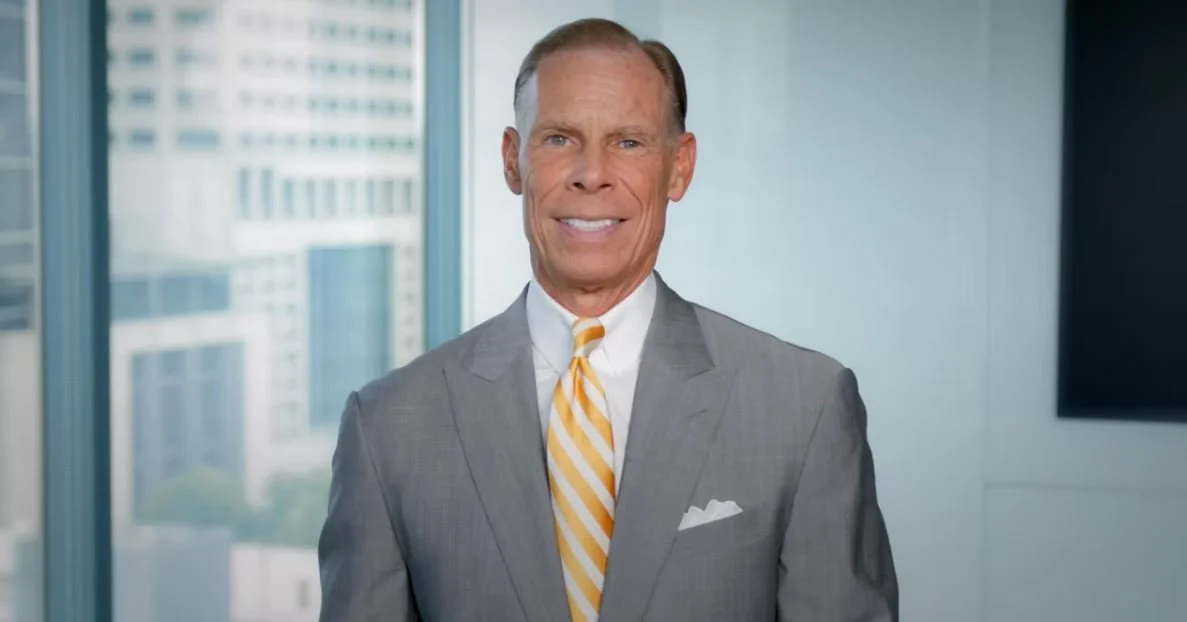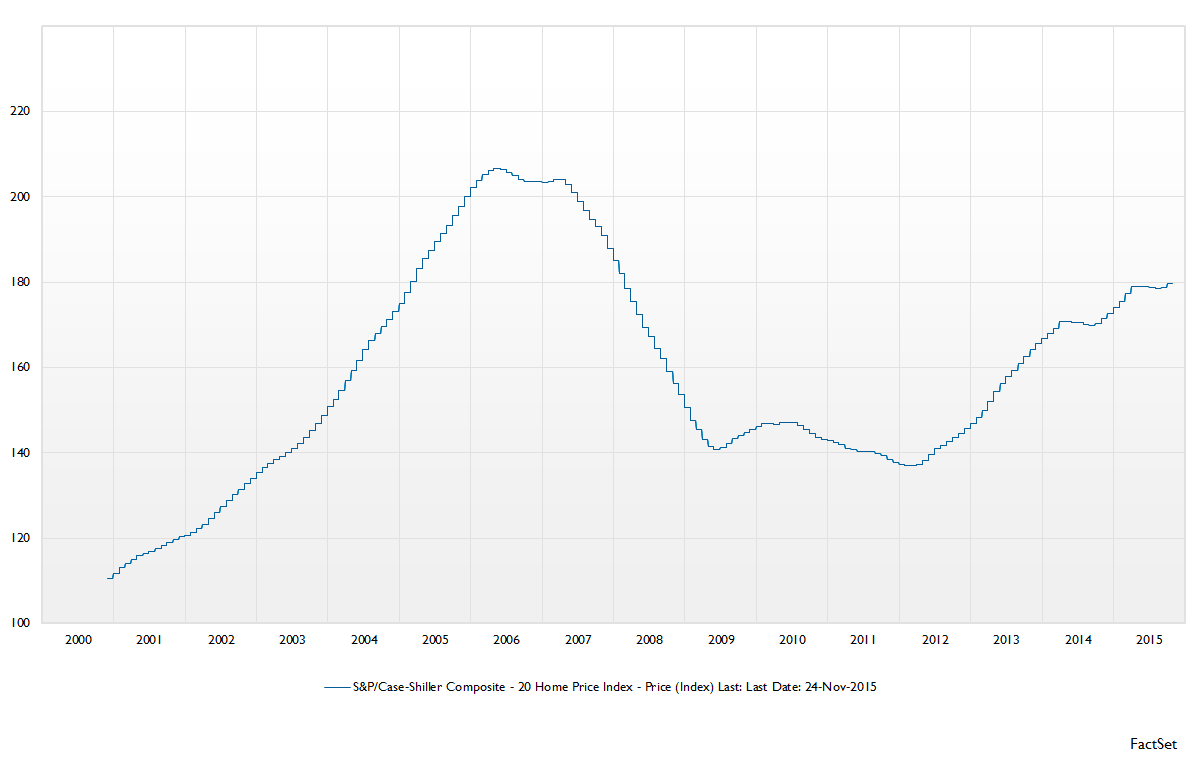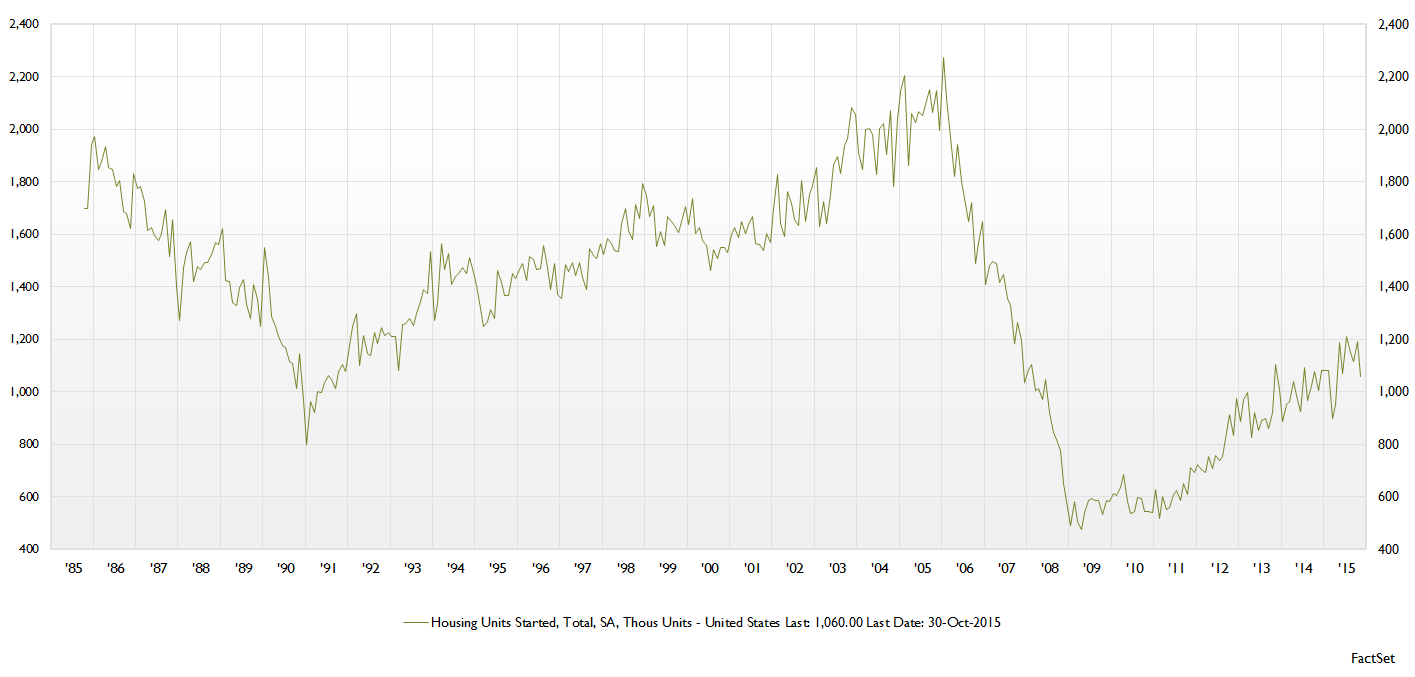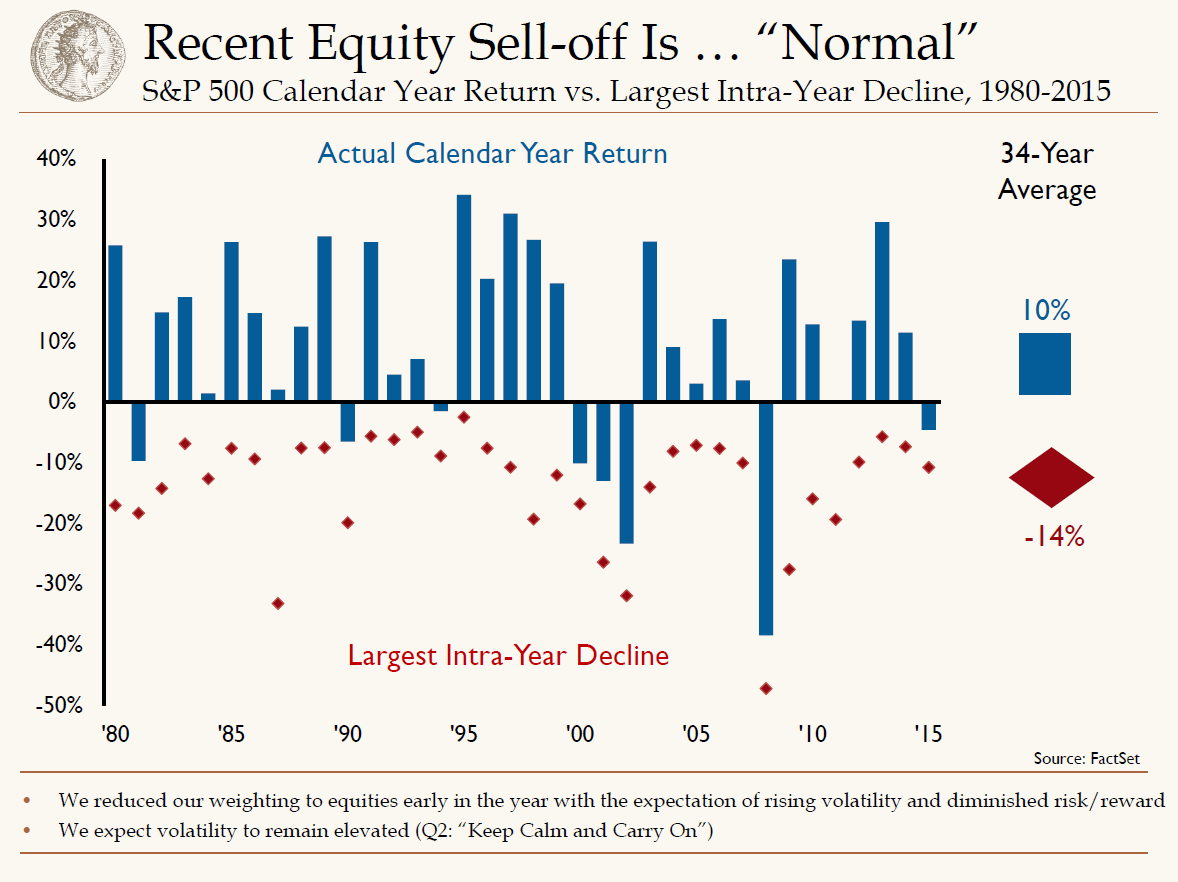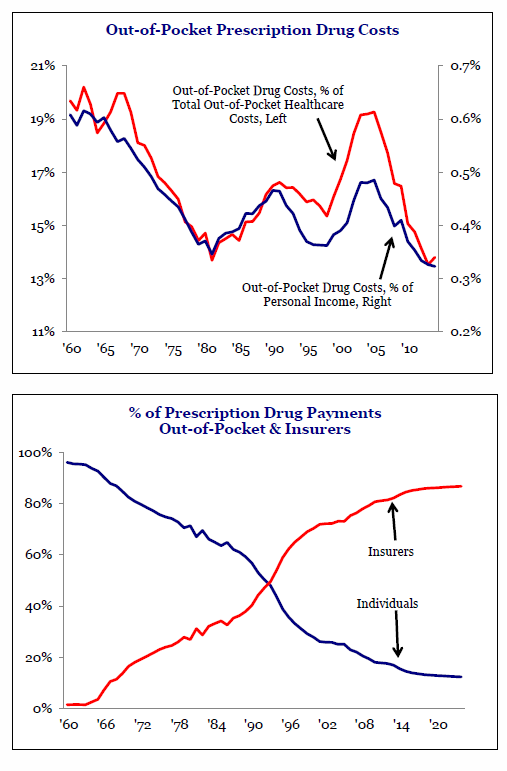Cover story: Dave Chen wants to make you money … and save the planet
by James Cronin
Eight years ago, Dave Chen and Tony Arnerich traveled to New York City. Their mission: to spread the gospel of sustainable investing to East Coast money managers, and maybe, raise some cash for their own sustainability-focused funds.
The response: crickets.
“The idea that you could actually generate market returns from doing positive things was a very foreign concept at the time,” Chen said, laughing. “I chuckle because Tony always refers to it as the time we put on priest-like garb to sermonize and try to convert.”
The silence, even after evangelizing to scores of their fellow money managers, didn’t deter Chen, who left a career in venture capital about that same time to found Equilibrium Capital.
Based in Portland, Equilibrium manages sustainability-focused, institutional-grade funds whose capital is directed at companies, products and initiatives that benefit the planet and create market-rate returns. Collectively, its team members have managed funds in excess of $25 billion and have built and led companies from the garage to their public offerings. Chen last year raised a $250 million fund focused on sustainable and organic agriculture which has already been deployed.
But Chen is hungry for more. He’s currently raising money for a similarly sized clean energy fund and has even bigger ambitions. Chen wants to propel impactful investing into the mainstream by pushing investors to use all the tools at their disposal to effect positive change in the world, or, as he says, to “use every instrument of investment to create an intentional benefit to the society and the environment.”
A lot needs to happen to make that vision a reality. Investments that fall under the sustainable and responsible umbrella, those that take environment, social and governance (ESG) factors into account, are still just a fraction of overall investments in the U.S.
But the category is growing, up 76 percent since 2012, and there are signs the numbers will continue to rise. There’s greater acceptance that climate change is a real threat, and millennials and women, who often seek investments with a societal benefit, are changing the conversation. Plus, significantly, the federal government just last month removed a major roadblock to social impact investing.
As interest in impactful investing increases, Chen is well positioned to be its champion. He is a respected investor, money manager and mentor, who has imparted his knowledge to thousands of business school students.
“We all worry about population growth and the effects of industrialization on the earth,” said Arnerich, founder and CEO of the investment advisory firm Arnerich Massena. “Dave is deploying capital to leave the world in a better place than it is right now.”
Michael Bergmann, the former director of footwear sustainability at Nike has four kids, all millennials, all very conscious of social and environmental issues. They played a big part in pushing Bergmann, of Portland, to transfer his entire 401(k) — more than $1 million — into socially and environmentally responsible investing.
“There’s a finite number of resources out there, and for companies to take a stand to protect those resources while they’re innovating, it makes me feel good about where I’m putting my money,” he said.
Bergmann is part of a growing group of individuals and institutions focused on social impact investing, putting their money behind companies that employ sustainable and socially responsible business practices. That can mean everything from banning investment in companies that extract fossil fuels to directing capital toward clean energy innovators or companies with a triple bottom line focus.
For now, though, Bergmann is in the minority. Of the $36.8 trillion in total managed assets tracked by Cerulli Associates, a Boston-based global asset management analytics firm, $6.57 trillion, or 18 percent, qualifies as socially focused investments.
Chen said part of the problem is that socially responsible investing is too narrowly defined. Arnerich agrees, saying it is often conflated with political activism or partisan politics. The nomenclature — socially responsible investing, green investing, investing with a conscience — only reinforces that. For some, especially old-guard investors, those phrases smack of liberalism, granola and drum-circle-loving hippies and as a result, they have avoided such investments altogether.
“The history of the genre, the ideas of green or social investing, has probably done more harm than good because it’s become political,” Arnerich said. “It’s left or right. All those words are unfortunately too polarizing.”
Chen himself shuns such terms. He sees sustainability as a value creator in portfolios, crafting each of his strategies “to be intentionally impactful,” Chen said. “We believe that sustainable practices are the drivers of returns.”
Another roadblock to Chen’s form of investing: Money managers say there are no sector-wide standards. Each company that runs a fund has its own socially responsible screening criteria for investing in companies, said Ralph Cole, an executive vice president with Ferguson Wellman Capital Management, one of Portland’s largest wealth management firms with $4.3 billion in total assets managed. Impact investing accounts for just 2 percent of Ferguson’s overall business, and the firm has only acquired that business in the last year or two.
That meager percentage isn’t a huge surprise. When it comes to managing people’s money, return on investment is still the number one consideration for a majority of individuals and money managers. Social impact investing is a relatively new category of investing and as such there’s not a lot of data on which to base projected returns.
What’s more, ESG funds “really don’t exist” in emerging markets like Brazil, Russia and China, said Ferguson Wellman equity trading associate Peter Jones, which can make social impact investing a challenge.
“Corporate governance is hard to measure, and really doesn’t exist ... for investors with exposure to those countries,” Jones said. “[Emerging markets] are not as interested in good corporate governance, and they are a lot less transparent.”
The time is now
Even with the obstacles, Chen is convinced that impactful investing is primed to take off.
For one, growing concern about climate change is affecting how money managers view long-term investments. If a company uses sustainable practices, for example, money managers may value it more highly than one that does not.
“If we shift to renewables from coal, if we realize water is a critical asset, those that use water more efficiently will have very positive opportunities, not just risks,” Chen said.
The influx of environmentally and socially conscious millennials and a growing number of women into the investing pool is also brightening the outlook for impact investing. Those groups, he said, tend to take a longer-view approach to managing their money, asking questions about how assets will be “utilized and productive over long periods of time.”
That longer horizon is evident in Arnerich’s approach. Arnerich Massena has $25 billion under management and about $400 to $500 million invested for social impact. Instead of focusing on the more touchy-feely aspects of impact investing, his firm invests in assets “that sustain life,” like agriculture and organic products.
“We moved to focusing on what the world needs and away from the sustainability buzz, and it now means more to clients,” Arnerich said. “Investing in agriculture or organic products, that resonates with people. That’s what millennials are driving — what they put in their and their children’s mouths.”
The most dramatic lift to impact investing of late was delivered by the U.S Department of Labor, which recently made it easier for retirement fund managers to consider ESG factors when directing capital.
In 2008, the DOL, whose interpretations of the Employee Retirement Income Security Act, known as ERISA, guide managers of pension and health plan assets, released guidelines that essentially blackballed socially responsible investing. In late October, the department reversed course and acknowledged that ESG factors can have a direct impact on the economic value of a plan’s investment. The decision effectively greenlights social impact investing for fund managers overseeing billions in assets.
“That’s pretty damn powerful,” Chen said.
In a sign of impact investing’s growing acceptance, the Oregon Environmental Council (OEC) last year completed moving its $750,000 endowment into investment vehicles that consider environment, social and governance factors. Now, the state’s oldest environmental organization is considering shifting its retirement plan so employees will have ESG investing options as well.
“You need to know your returns will match the market while investing in your values,” said OEC spokesperson Jessica Moskovitz. “But ensuring your future, the future of your kids ... that is not just about money.”
As for Chen, his $250 million agriculture fund is invested in a range of projects, including large-scale agriculture operations throughout the Willamette Valley, where his farms grow hazelnuts and blueberries. He is also focused on his “Australian pastoral strategy,” which includes investments in large-scale, grass-fed rangelands for cattle and sheep.
With that fund still investing, Chen at the end of March, filed a new securities offering, again for $250 million. This fund will invest in bio-processing facilities that convert farm and dairy waste, like methane, into fuel for transportation or to sell through power purchase agreements.
“Every strategy we execute here has sustainability at its core,” Chen said of his firm. “It’s not part of what we do, it’s not a piece of what we do. It’s all we do.”
Even as he’s fundraising, Chen is working to influence the next generation of financiers.
Chen spent three years teaching sustainable finance at Stanford’s Graduate School of Business. Today, he teaches impact and sustainable finance at the Kellogg School of Management at Northwestern University.
Six years ago he founded what’s now called the Sustainable Investing Challenge, which invites finance students from business schools around the world to create investment strategies that deliver both a societal and capital return. Last year, 60 business schools sent teams to the event, which was held in London.
All told, Chen has spread his vision for sustainable investment to thousands of students from across the globe.
As those students enter the workforce and connect with investors like former Nike executive Bergmann, who align their values and investments, Chen believes socially responsible investing will find its way into the mainstream.
“The idea of a social [benefit] being executed in financial markets is not new. The idea that financial structures themselves unlock value is not new,” Chen said. “I think that by putting that together with intentionality, wanting to actually use these vehicles to create an environmental and social benefit, that is an innovation.”



